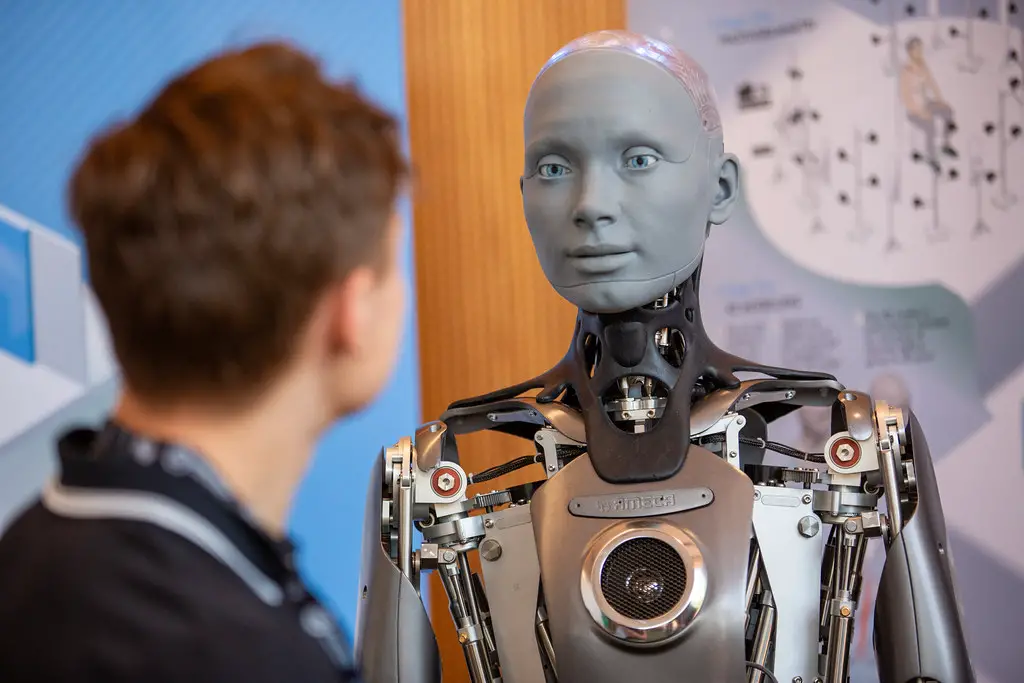I. Introduction
Virtual Reality (VR) has been gaining popularity over the years and has become an increasingly popular way to experience games and other digital content. With advancements in technology, the immersive experience of VR has become more realistic, engaging, and accessible. This article provides an introduction to virtual reality, exploring what it is, how it works, its history, and future prospects.
II. What is Virtual Reality?
Virtual Reality refers to an immersive experience that simulates the physical presence of a person in a digital environment. It involves wearing a VR headset that displays a 360-degree view of a digital world, often accompanied by sound and other sensory experiences. The VR headset tracks the user’s head movements and adjusts the display accordingly, creating an illusion of being in a real-world environment.
III. History of Virtual Reality
The concept of Virtual Reality has been around since the 1960s, but it wasn’t until the 1990s that it began to gain traction. The first VR headset was invented in the 1960s by Ivan Sutherland, called the Sword of Damocles. In the 1990s, companies like Nintendo and Sega released VR gaming systems, but they failed to gain mass appeal. It wasn’t until the 2010s, with the advent of smartphones and advancements in computing power and graphics, that VR became more widely accessible.
IV. How Does Virtual Reality Work?
VR works by creating a digital environment that is rendered in real-time based on the user’s movements. The VR headset tracks the user’s head movements and adjusts the display accordingly, creating an illusion of being in a real-world environment. The headset also includes headphones or speakers to provide an immersive audio experience. Some VR systems also include handheld controllers that allow users to interact with the digital environment.
V. Applications of Virtual Reality
Virtual Reality has many applications beyond gaming, including education, healthcare, and business. In education, VR can be used to create immersive experiences that simulate historical events, natural disasters, or scientific experiments. In healthcare, VR can be used for patient education, training medical professionals, or even therapy. In business, VR can be used for virtual meetings, product design, and employee training.
VI. Advantages and Disadvantages of Virtual Reality
One advantage of VR is its ability to create an immersive experience that can enhance learning, gaming, and entertainment. It can also be used for therapeutic purposes, such as helping people with anxiety disorders overcome their fears. However, there are also potential disadvantages to VR, such as its potential to cause motion sickness, disorientation, and eye strain. There are also concerns about the impact of VR on social interactions and the risk of addiction.
VII. Future of Virtual Reality
The future of VR looks bright, with continued advancements in technology and increased adoption by industries beyond gaming. New VR hardware is being developed that provides even more realistic and immersive experiences. In the coming years, we may see VR used in fields such as tourism, architecture, and engineering, among others.
VIII. Conclusion
Virtual Reality has come a long way since its inception, and it has many potential applications beyond gaming. While there are some potential disadvantages to VR, its immersive experience has the potential to revolutionize many





